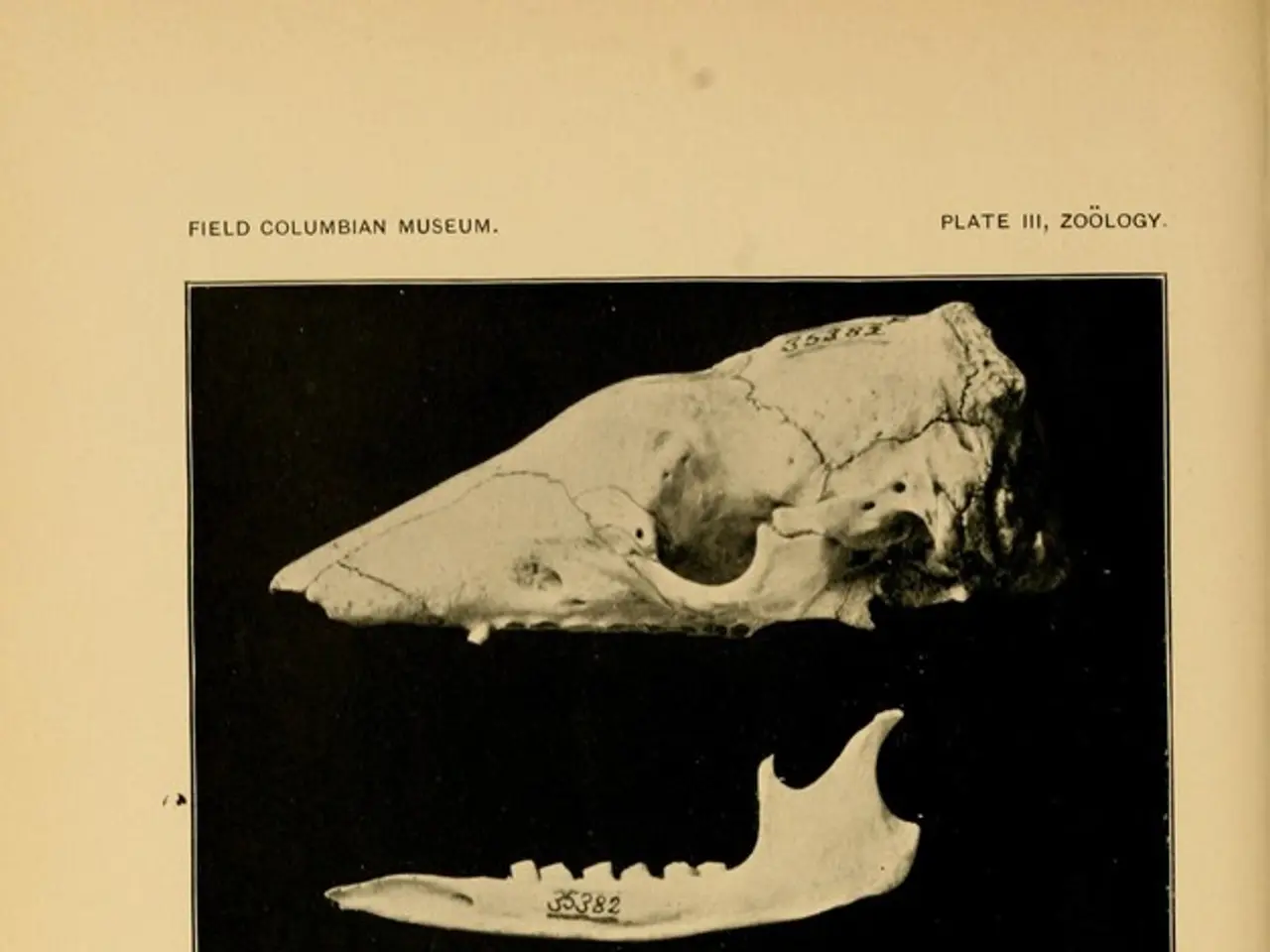Impact of Pelvic Fractures on Life Quality: An Examination
Pelvic fractures, though relatively rare, accounting for around 3% of all fractures, can have significant impacts on a person's health and quality of life. The severity of these impacts varies greatly depending on the type of pelvic fracture experienced.
Stable Pelvic Fractures
After the initial 12-week period, a doctor may advise gradually increasing the amount of weight a person bears. Stable pelvic fractures typically heal well and lead to a full recovery. However, long-term effects may include less severe impairment, such as mild chronic pain or pelvic floor dysfunction affecting sexual function and quality of life.
Gait training, resistive exercises, and cardiovascular training are components of pelvic fracture physical therapy. These exercises can help manage complications such as urinary incontinence or pain during sex. Physical therapy can be utilised in pelvic fracture recovery, aiming to improve mobility and alleviate chronic pain.
Unstable Pelvic Fractures
Unstable pelvic fractures, resulting from high-impact trauma, are more complex and severe. They often involve multiple breaks and misalignment of the pelvic ring, leading to significant limitations in mobility. Gait abnormalities and reduced ability to perform activities of daily living are common.
Chronic pelvic pain is frequent due to structural instability, nerve injury, and scarring. Dysfunction or deficiency in the deep core muscles and pelvic floor can perpetuate pain syndromes. The high likelihood of sexual dysfunction includes issues like painful intercourse, incontinence, and pelvic floor dysfunction. Some patients may require interventions like colostomy or cystostomy, impacting sexual health.
The quality of life is often substantially reduced due to chronic pain, disability, and complications such as incontinence or the need for permanent stomas. Psychosocial impacts from trauma and long recovery processes also contribute to the overall impact on quality of life.
Rehabilitation and Recovery
Effective management, including pelvic floor physical therapy and multidisciplinary rehabilitation, is key to improving outcomes in both types of pelvic fractures. A person should initially avoid walking without assistance, manual labor, contact sports, and standing for long periods unaided. After a pelvic fracture, a person should use crutches or a walker for some time.
Falls are a common cause of pelvic fractures in older adults, emphasising the importance of fall prevention measures. It's crucial to maintain a healthy lifestyle, including regular exercise, a balanced diet, and safety precautions to reduce the risk of falls and pelvic fractures.
In summary, stable pelvic fractures are more likely to result in partial recovery with possible mild chronic pain or pelvic floor dysfunction affecting sexual function and quality of life, while unstable fractures involve more severe, multifaceted long-term impairments across mobility, pain, sexual health, and overall quality of life. With proper care and rehabilitation, it's possible to manage and improve the outcomes for individuals recovering from pelvic fractures.
[1] Pelvic Fracture Rehabilitation: A Comprehensive Guide [2] Understanding Pelvic Fractures and Their Long-term Impacts [3] Managing Pelvic Fractures: A Multidisciplinary Approach [4] The Role of Physical Therapy in Pelvic Fracture Recovery [5] Quality of Life in Pelvic Fracture Survivors: A Longitudinal Study
- While discussing pelvic fractures, it's important to note that other medical-conditions, such as diabetes (Type 1 or Type 2), can complicate recovery processes.
- Atopic dermatitis, a chronic skin condition, might interfere with the healing process of pelvic fractures, especially in cases involving skin lacerations.
- In the context of mental-health, anxiety and depression are common among patients who have experienced pelvic fractures, affecting their health-and-wellness and overall recovery.
- Spondylitis, an inflammatory disease of the spine, can be a predisposing factor for pelvic fractures, particularly in high-impact traumas.
- HIV, a viral infection, can weaken the immune system, making individuals more susceptible to chronic diseases like colitis and ulcerative colitis, which might prolong pelvic fracture recovery.
- Obesity, a significant public health issue, increases the risk of pelvic fractures due to the extra weight applied to the hips during accidents, thus highlighting the importance of fitness-and-exercise in weight management and fall prevention.
- The science behind Alzheimer's disease is still under investigation, but researchers suspect that the disease may contribute to decreased awareness of surroundings, potentially increasing the risk of falls and subsequent pelvic fractures in the elderly.
- Asthma, a chronic respiratory condition, might complicate the recovery from pelvic fractures due to the difficulty in performing deep breathing exercises following surgery.
- Ankylosing spondylitis, a form of arthritis, can cause stiffness in the spine and adversely affect the healing process of pelvic fractures, as well as impact long-term mobility.
- After a pelvic fracture, it's critical for patients to follow a prescribed rehabilitation plan that includes a balanced diet, regular exercise, and mental-health support services to help manage chronic pain, restore mobility, and improve quality of life, all key components of health-and-wellness.




